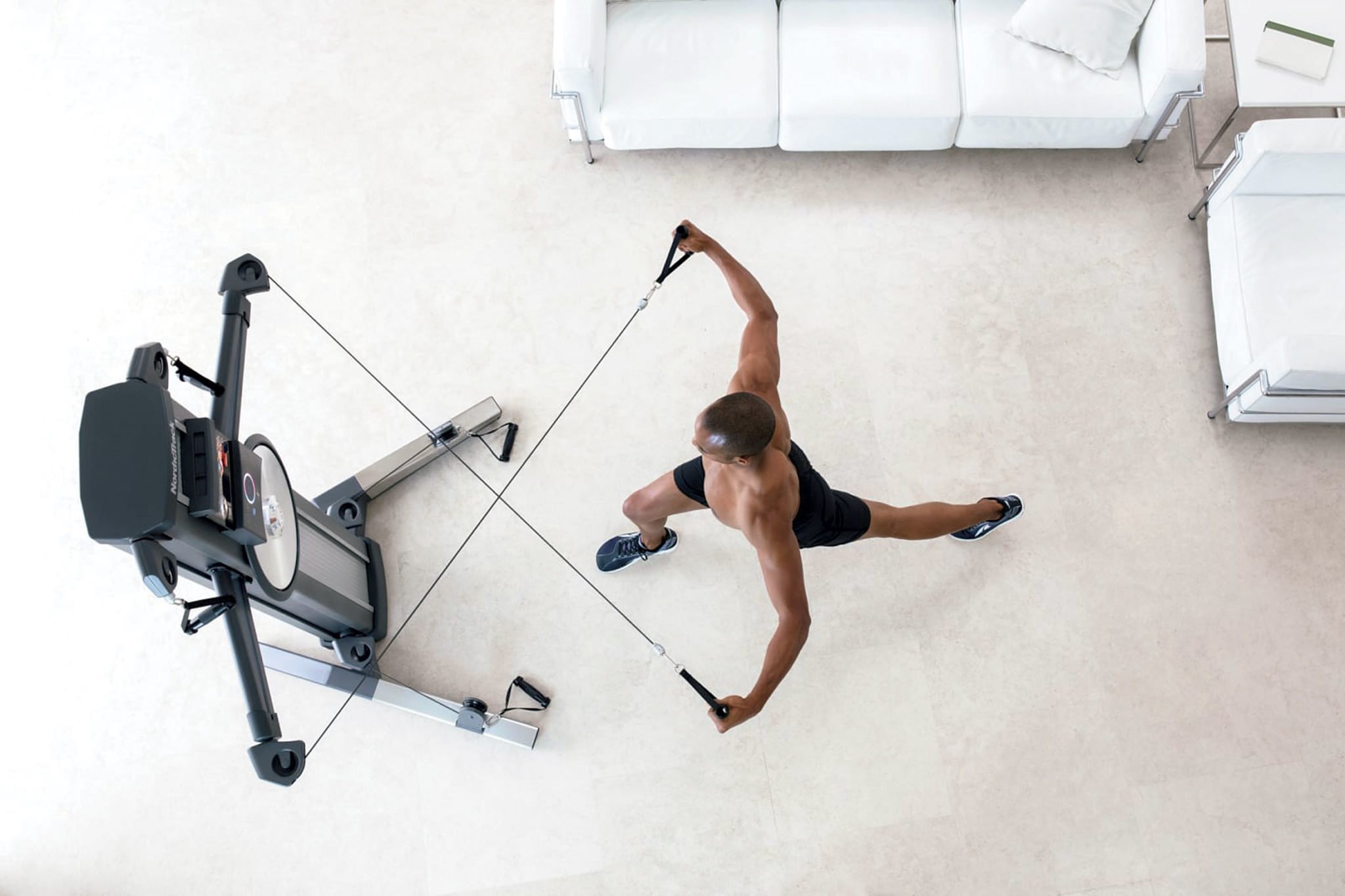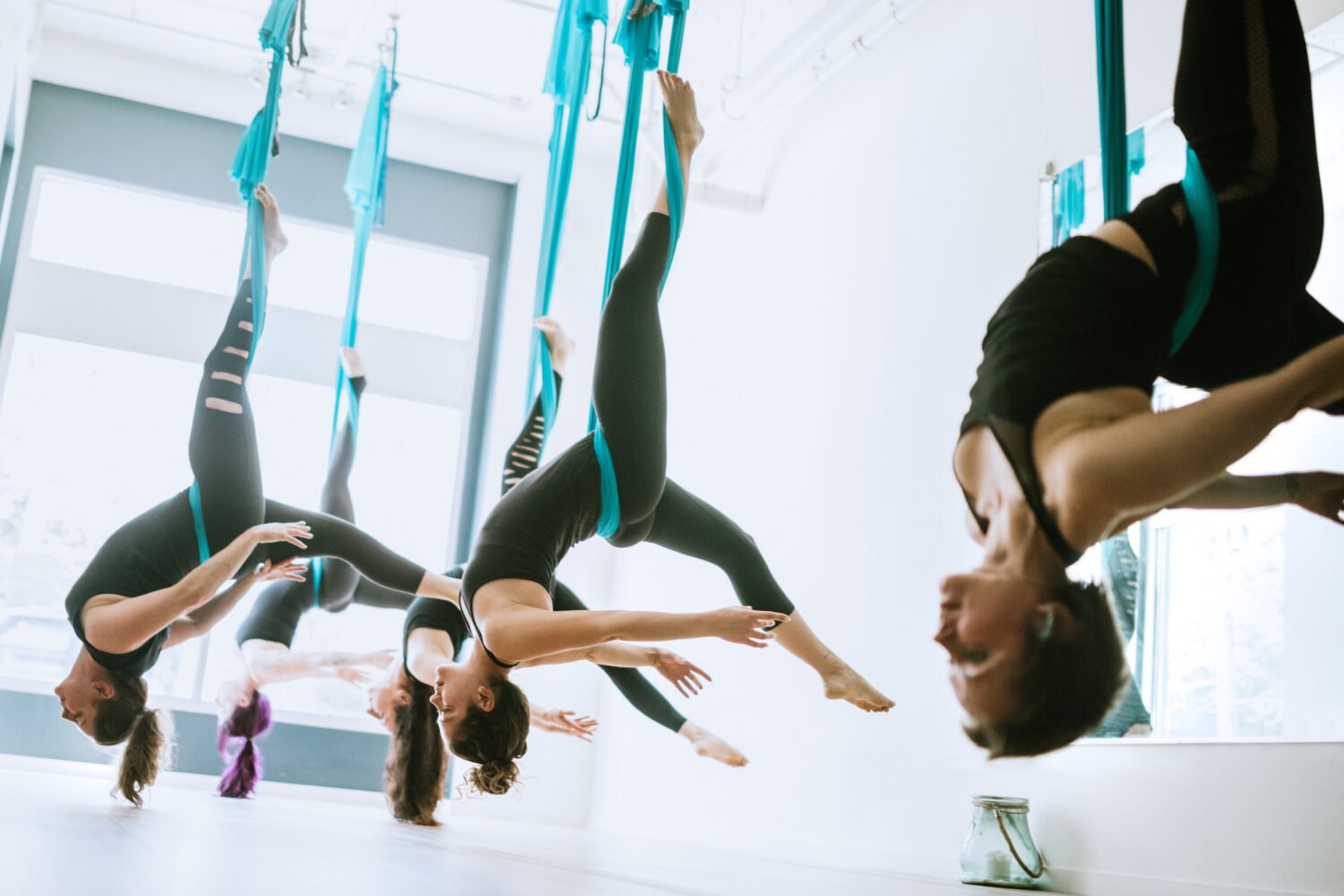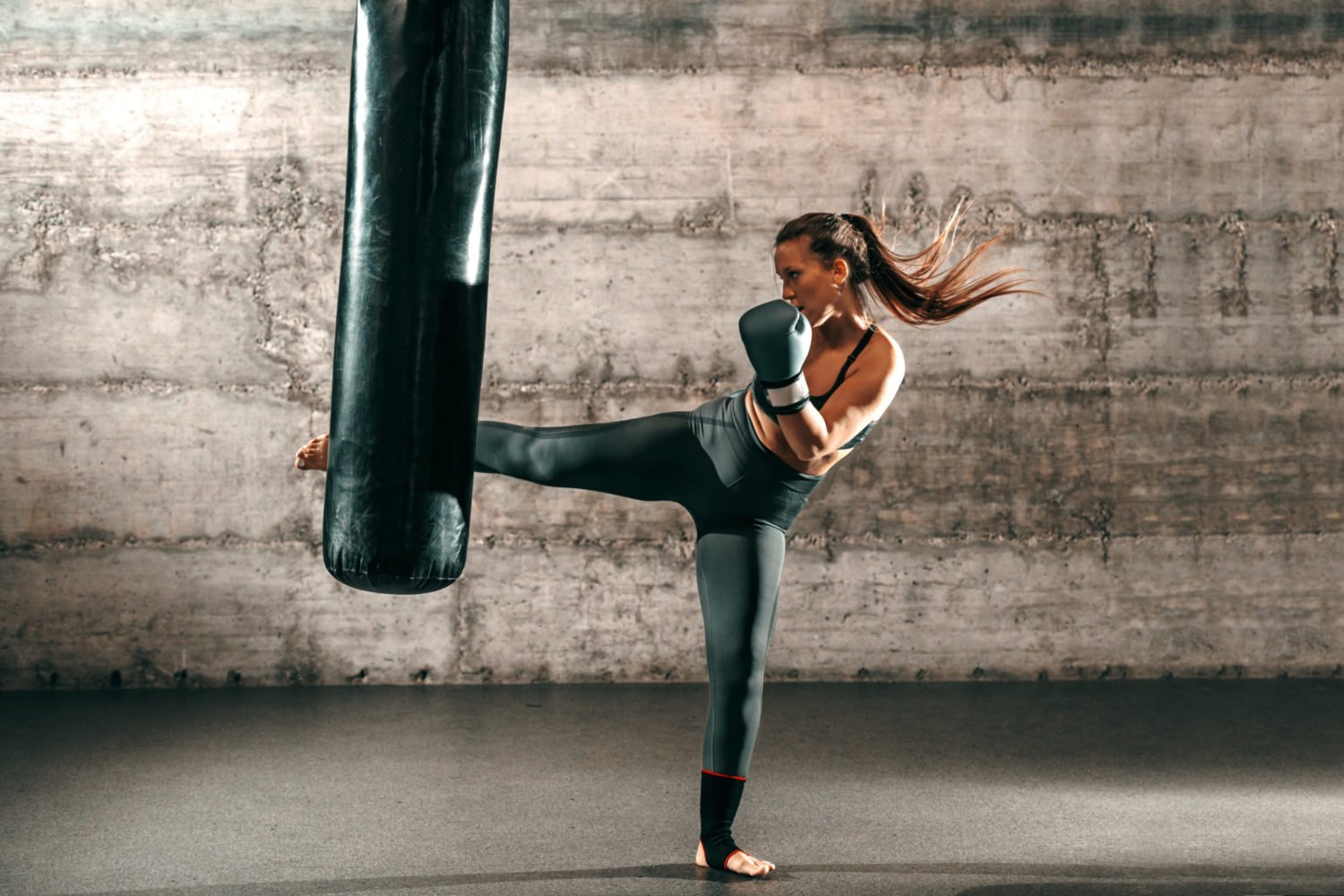With Send Me A Trainer, the Trainer Comes to You
While working as a personal trainer at Sport&Health in McLean in 2007, Bary El-Yacoubi noticed that a lot of his clients canceled fairly often. When he asked why, they told him they just didn’t have time or something had come up at work or their kid had gotten sick. “Then one day, I asked, ‘What if I just came to you and trained you at your home?’ ” he says. “They were like, ‘Absolutely—that would change my life.’ ” He started training a handful of clients at their homes and then, eventually, all of them. “That’s when I knew there was an opportunity.”
More than a decade and a smartphone boom later, Bary, 34, and his brother, Muhssin El-Yacoubi, have launched Send Me a Trainer, an app that brings personal trainers to your home. Whether your interests are strength training, yoga, or Zumba, you can choose from a variety of training types to fit whatever mood you’re in that day. Unlike at most gyms, with Send Me a Trainer, you can work with as many trainers as you’d like at once.
“We’ve found that for someone’s exercise goals to be met, two things have to happen to make this a long-term solution,” says Muhssin, 36. “One is convenience. The second is you have to be held accountable for those goals. When you’re getting the convenience of in-home training and the accountability of a trainer who’s going to show up whether you want to work out or not, that’s the recipe for success.”
Once you’ve downloaded the free app, you can peruse some 50 profiles of personal trainers in DC, Maryland, and Virginia. (The brothers plan eventually to roll it out nationwide.) All trainers go through background checks and personal interviews with the brothers or fitness director. Training sessions average $75 for 60 minutes, and while this might seem steep, it’s actually less than the typical training rate in the Washington area, which is about $100 an hour.
Don’t expect a trainer to show up with a trunkload of medicine balls and kettlebells—clients usually have their own home equipment or gyms. But sometimes a mat is enough. Remember P90X? The program “literally sold millions of dollars with little to no equipment right in your home,” says Bary. “It just goes to show what you can get with the creativity of the actual trainer.”
Virtual Coaching with Martino Fit
A few years ago, after trying what felt like every fad diet and all the latest exercise classes, Katherine Martino, 39, started seriously lifting weights. “I saw changes in my body that I really liked,” says Martino, who was so inspired by the results that she became a personal trainer in 2017.
But the stay-at-home mom knew it wasn’t realistic to take on a personal-training stint that would keep her at the gym and away from her three kids for hours. So Martino created a workout program that clients could follow from home with minimal equipment—a set of dumbbells and a bench. Realizing she needed a portfolio of clients showing success before she could effectively market the program, Martino recruited eight of her best friends back in Nashville, where she’d lived before relocating to Fairfax two years ago for her husband’s job. They each followed her 12-week program, which consists of six workouts—three days of high-intensity interval training (HIIT) for 20 to 30 minutes and three days of strength training for 45 minutes.
Martino says that all eight in the test group saw measurable results. One woman went from her highest weight ever to a weight she hadn’t seen since high school. (Her husband jumped onboard after seeing her results.) Half sought to be able to do a pull-up, and all four were able to do at least one unassisted pull-up at the end of 12 weeks, with the highest number being five. Collectively, they lost more than 100 pounds.
A little more than a year later, Martino has 45 active clients, with 75 alumni of the program in a Facebook group. When signing on, they first identify three goals, and only one of those can be weight-related. “I am not a big fan of the scale, especially in strength training,” says Martino. “Can you do a pull-up? How many push-ups can you do? Can you run a mile? After 12 weeks, it’s hardly about the scale.”
Martino offers what she calls a “library of workouts,” including one for the driveway and another for the kitchen. “One client did her workout in the pantry because her kids were driving her crazy,” she says. While Martino describes the backbone of the program as strength training and HIIT, each plan is customizable to a person’s needs and goals.
She also keeps clients accountable with their diets, designing a custom eating plan based on tracking macros (carbs, fat, protein) and offering recipes and sample meal plans. She does formal check-ins at four, eight, and 12 weeks for accountability but keeps in touch throughout via text and e-mail. One of the strongest components has been a Facebook group that sprouted from the core of friends she recruited early on: “I didn’t even envision this happening. The community is the link. It’s so important in achieving goals.”
Especially for other moms. “We’re always encouraging our husbands or our kids,” says Martino. “A woman will be like, ‘I’m excited for me, I ran a mile, I’m going to post this on Facebook because I’m proud of me.’ ”
Home fitness equipment has come a long way from the Bowflex. Thinking of splurging on a shiny new piece? Here’s what to know before you commit:
Peloton Bike
What it is: Indoor bike that offers on-demand or live-streamed classes from its studios.
Price: Starts at $1,995 for just the bike; add-ons include cycling shoes and weights; $39 a month to access classes.
Good to know: In live-streamed classes, the instructor can see your performance, so don’t be surprised if you get a shout-out. And much like being in a class, you can’t pause a live-streamed workout. More annoying: You can’t pause a prerecorded one, either.
Fly Anywhere
What it is: Flywheel’s indoor bike that brings its metrics-driven ride to your home via streamed as well as prerecorded classes from 42 studios nationwide.
Price: $1,699 for the basic model, which syncs to an iOs phone or tablet; $1,999 for one with a built-in tablet; $39 a month to access classes.
Good to know: Unlike Peloton, you can pause Flywheel’s prerecorded workouts. Also, the subscription comes with a variety of “precision training” strength-based workouts that require little more than dumbbells and a mat.

Mirror
What it is: An actual mirror that, when turned on, comes alive with sound and a camera streaming live and on-demand workouts, including boxing and yoga, from an NYC studio.
Price: $1,495, which includes a heart-rate monitor and resistance bands, plus $39-a-month subscription.
Good to know: You’ll need to download a free companion app to control the Mirror, as it’s not touch-enabled and currently the app is available only for iOS. What’s more, unlike the other pieces of equipment here, unless you pay the subscription fee, it’s little more than a mirror.
NordicTrack Fusion CST
What it is: A cable machine that “fuses” strength-based training and intense cardio with personal training from iFit coaches.
Price: $2,999 including tablet; free iFit subscription for the first year, then $39 a month.
Good to know: The magnetic-resistance design means no clanking weights, so you won’t have a problem hearing the iFit coaches push you through the screen. They can also add resistance from afar, an option you can turn off if you like.
This article appears in the April 2019 issue of Washingtonian.



















